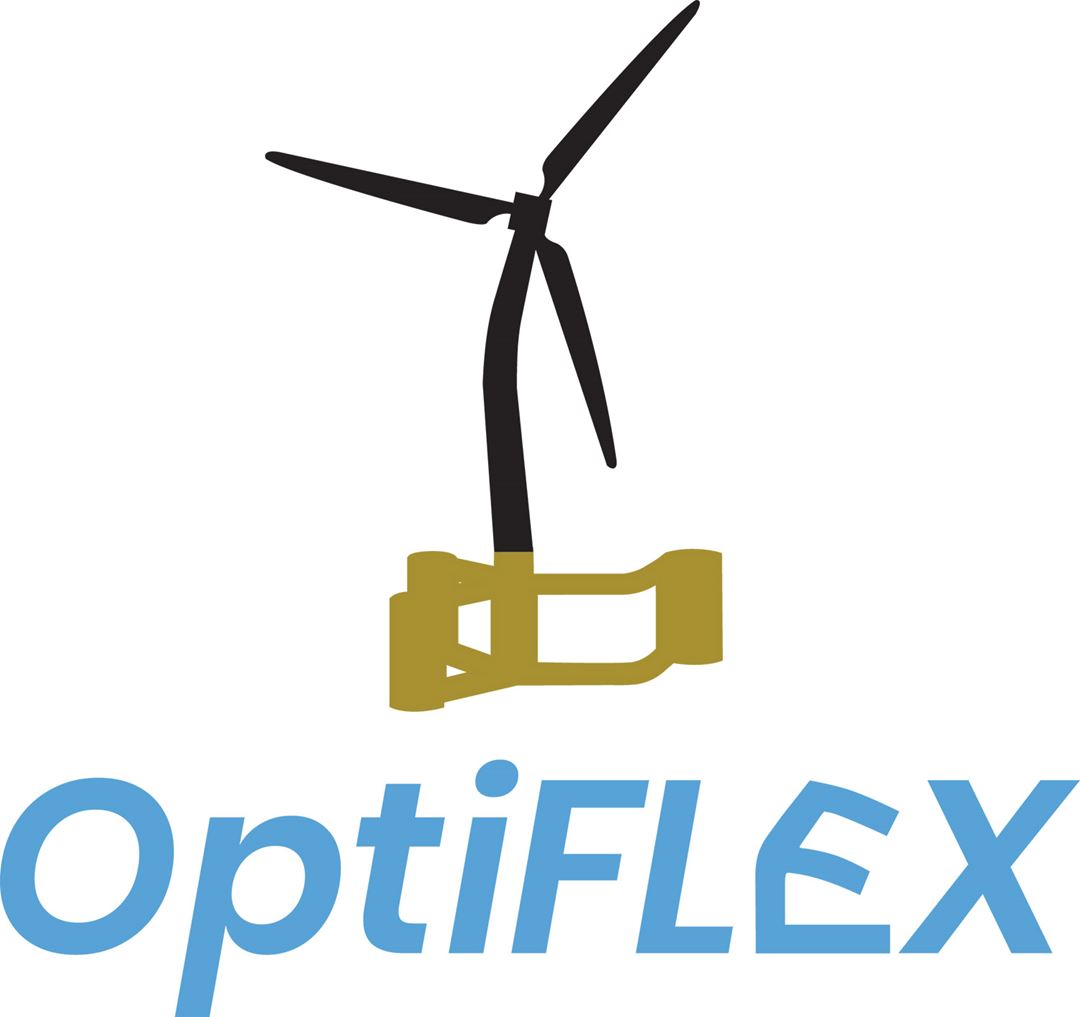The cost of floating wind turbines is still significantly higher than that of e.g. bottom-fixed wind turbines. To reduce the cost of floating wind turbines, designers strive to optimize their floating substructures and have created significantly lighter substructures over the years.
At the same time, the power generated by wind turbines has been constantly increasing (currently up to well above 20 MW). These rotors generate a large amount of thrust and dynamic loads that should be transferred to the floater, through the tower that supports the rotor.
Lighter floaters and larger rotors mean stronger couplings between the floater, tower and turbine blade vibrations. Such vibrations are generating fatigue loads on the floater and tower, which may eventually cause failure.

OptiFLEX is a 4-years competence-building project aiming at addressing this issue. The objective is to fully understand all mechanisms involved in coupled vibrations, improve analysis methods, experimental methods, and monitoring of vibrations.

